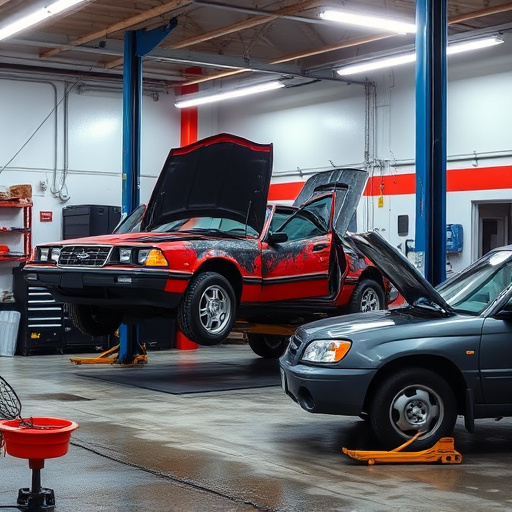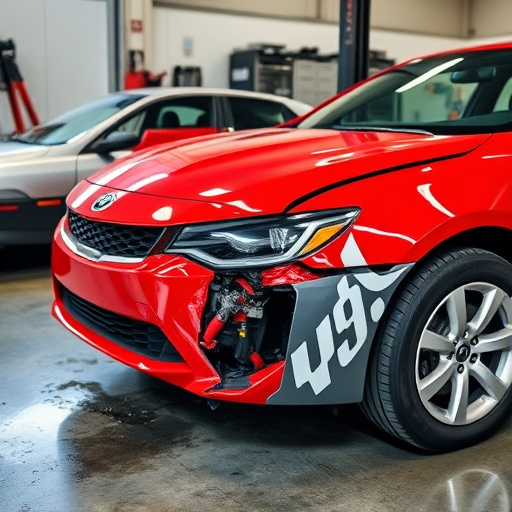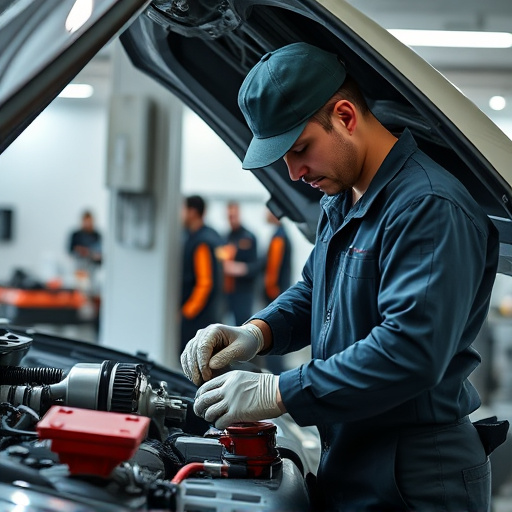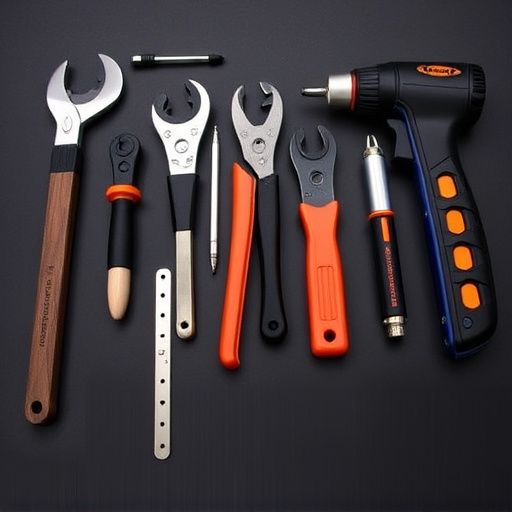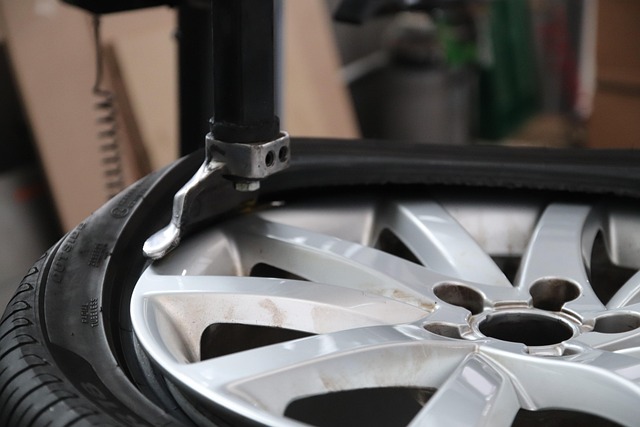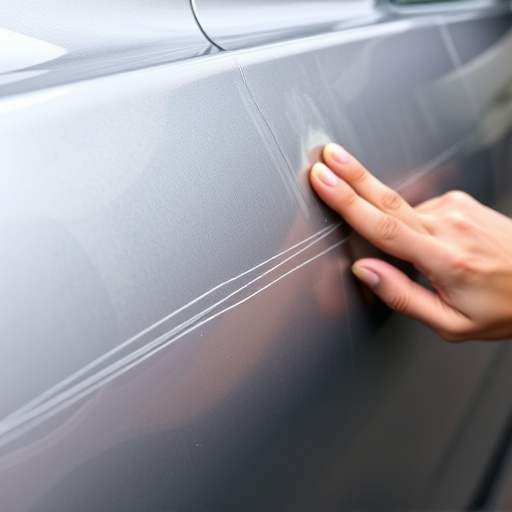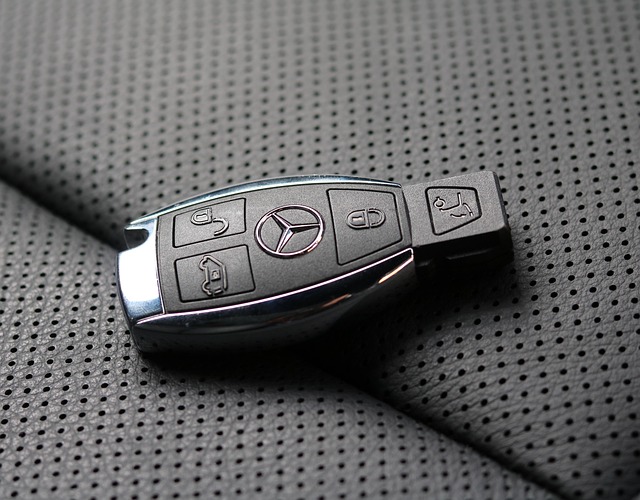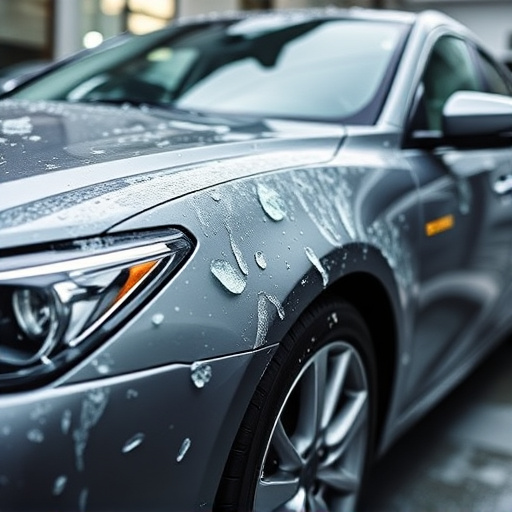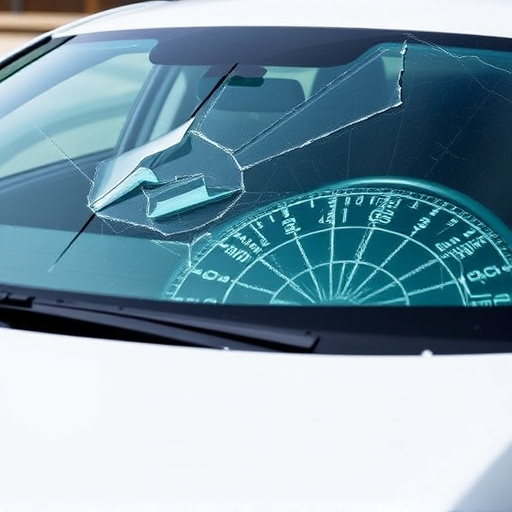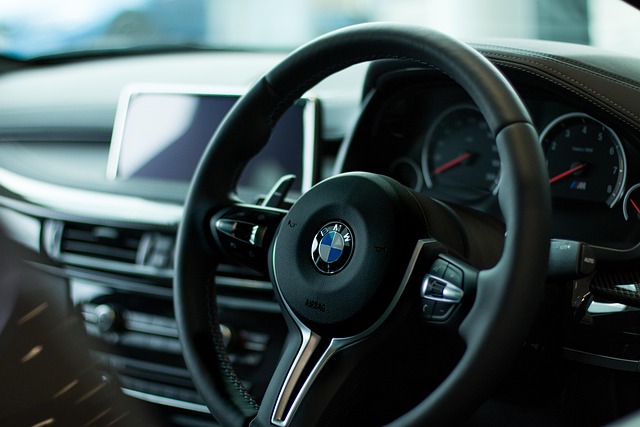Chrome plating and polishing are powerful tools for auto body restoration, with distinct benefits. Replating is ideal for severe damage, adding a new chrome layer for dramatic results but at higher cost and effort. Polishing, cheaper and quicker, refines existing chrome with a mirror finish, perfect for minor imperfections. Choosing between them depends on damage severity and desired effect, considering cost, time, and availability of tools/expertise.
“Considering a chrome repair solution? You’re faced with two popular methods: replating and polishing. Both aim to restore faded, damaged chrome to its former glory, but they differ in approach. In this guide, we’ll take a deep dive into the intricacies of chrome plating and polishing, explore factors influencing your choice, and outline the pros and cons of each technique for effective chrome restoration.”
- Understanding Chrome Plating and Polishing: A Deep Dive
- Factors to Consider When Choosing Between Replating and Polishing
- The Pros and Cons of Each Method for Chrome Restoration
Understanding Chrome Plating and Polishing: A Deep Dive
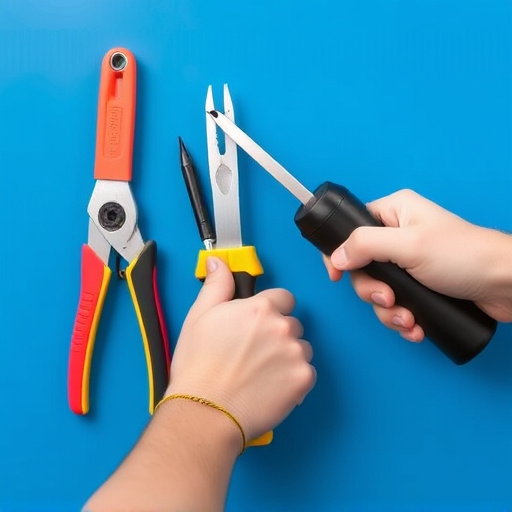
Chrome plating and polishing are essential techniques in the realm of chrome repair restoration, offering two distinct approaches to revive and enhance automotive body shop treasures. Chrome plating involves applying a thin layer of metallic coating over a base material, creating a sleek, durable finish. This process is often seen as a game-changer for auto frame repair, providing an entirely new look and feel. On the other hand, polishing focuses on refining and enhancing an existing chrome surface, removing scratches and imperfections to reveal its inherent brilliance.
Both methods are crucial in the automotive industry, catering to different needs. Polishing is ideal for minor touch-ups or to restore a slightly dulled chrome finish, while plating is more suitable for complete transformations or restoring heavily damaged auto glass repair areas. Choosing between them depends on the extent of the damage and the desired outcome, ensuring that vehicles return to their vibrant, bustling state with enhanced chrome repair restoration.
Factors to Consider When Choosing Between Replating and Polishing
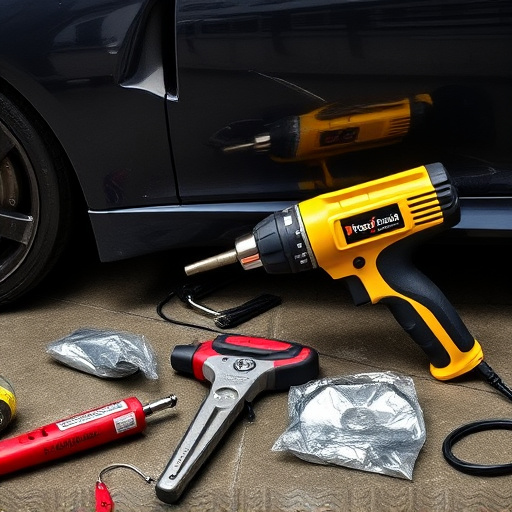
When deciding between replating and polishing for chrome restoration, several factors come into play. The condition of the damaged chrome is a primary consideration. If the chrome is severely scratched, corroded, or has significant pitting, replating might be the more suitable option. Replating involves applying a new layer of metal over the existing surface, effectively restoring it to its original state. On the other hand, polishing is ideal for less severe damage, such as light scratches and minor imperfections. It enhances the chrome’s appearance by buffing away defects, resulting in a mirror-like finish.
The cost and time required are also critical aspects. Replating tends to be more expensive due to its intricate process and material usage but offers a longer-lasting solution. Polishing, being less intensive, is generally more affordable and quicker, making it a preferred choice for minor touch-ups or to refresh the chrome’s shine without extensive repair. Additionally, consider the availability of tools and expertise in auto collision repair or body shop services, as these will impact your decision, especially when dealing with complex chrome restoration projects.
The Pros and Cons of Each Method for Chrome Restoration
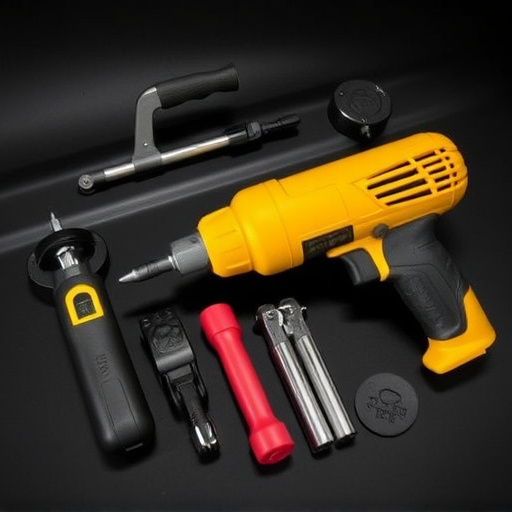
Chrome Restoration: Replating vs Polishing – Weighing the Pros and Cons
When it comes to chrome repair restoration, both replating and polishing offer distinct advantages and drawbacks. Chrome replating involves applying a new layer of chrome over the existing surface, which can significantly enhance the appearance of damaged or faded parts, such as auto detailing components like door handles or grilles. This method is ideal for restoring old, worn-out chrome to its former glory, providing a long-lasting, high-gloss finish comparable to original equipment on a gleaming Mercedes Benz repair. However, replating can be more expensive and may require additional car body restoration work to prepare the surface.
Polishing, on the other hand, is a process that smooths out minor scratches and imperfections without replacing the chrome entirely. It’s a more cost-effective option for chrome repair, suitable for less severe damage. Polishing results in a clean, mirror-like finish, effectively removing swirls and signs of wear, much like the intricate detailing on a car body restoration project. Yet, it may not be as durable as replating and could require more frequent touch-ups to maintain the polished appearance. For owners looking to enhance their vehicle’s aesthetics without a complete overhaul, polishing can be an excellent choice for chrome repair restoration.
When it comes to chrome repair and restoration, the choice between replating and polishing depends on various factors. Replating offers a complete refresh with superior durability, ideal for heavy damage or a new look. Polishing, however, is a more subtle approach, suitable for minor scratches and scuffs, enhancing the existing chrome without replacing it. Both methods have their advantages, ensuring that you can restore your chrome to its former glory, whether it’s a full transformation or a delicate touch-up.
